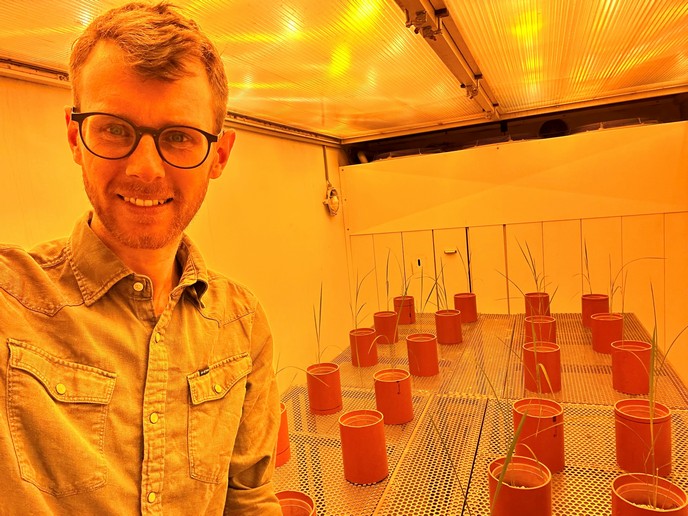Slow and steady improves fertilisation efficiency and effectiveness
Fertilisers supply essential plant nutrients and support the competitiveness of crop production systems. Plants need large quantities of nitrogen, phosphorous and potassium (macronutrients), so these are common constituents of fertilisers. Micronutrients needed in smaller quantities, such as molybdenum, are also essential for plant growth. Molybdenum plays an important role in nitrogen fixation and its deficiency can disturb the plants’ nitrogen metabolism with far-reaching consequences in agricultural systems. Molybdenum is often absent in fertilisers or supplied in a highly water-soluble form that does not cover the molybdenum needs of plants effectively. With the support of the Marie Skłodowska-Curie Actions (MSCA) programme, the DEMOFERTILIZER project addressed this challenge, developing novel compounds for slow-release fertilisers that produce appropriate local molybdenum concentrations over time to improve plant health.
Molybdenum deficiency is difficult to eliminate
Molybdenum deficiency is most common in legume crops (beans and peas) but has also been reported in other crops such as cauliflower, broccoli, cabbage and even cereals. Molybdenum-enriched fertilisers have achieved limited success. When molybdenum is included in fertilisers, the high water solubility of the molybdenum-embedded compounds results in much of the released molybdenum being fixated by the soil or washed away via leaching. Increasing the molybdenum content of fertilisers to overcome this is risky because excessive local concentrations can become toxic.
Treating molybdenum deficiency with slow-release fertilisers
Maarten Everaert, MSCA fellow at KU Leuven, set out to develop new compounds with reduced solubility enabling slow release over time to solve this problem. Reducing the solubility of a micronutrient can be achieved by forming a minimally soluble precipitate or its adsorption on a carrier. Both approaches were investigated in DEMOFERTILIZER. Under the supervision of Erik Smolders, also of KU Leuven, and in collaboration with Mike McLaughlin of the University of Adelaide, Everaert developed novel molybdenum compounds and proved that they can slowly supply molybdenum in real soil conditions. Furthermore, the team also demonstrated that the slow release could limit molybdenum leaching losses relative to more soluble molybdenum compounds. Thus, the slow release can improve molybdenum use efficiency, increasing farmers’ return on fertiliser investment. Furthermore, “we described how both the molybdenum compound and the macronutrient carrier influence molybdenum release from fertilisers. As such, combinations of molybdenum compound and carrier can be engineered to obtain a desired molybdenum release profile,” explains Everaert.
Novel paradigm bears fruit for other nutrients
Although the main goal of DEMOFERTILIZER was the development of slow-release fertilisers that improve molybdenum supply, other macronutrients and micronutrients were also considered in the process. As a result, “we also developed slow-release compounds for the macronutrient phosphorous and the micronutrients zinc and boron. Nutrient availability and uptake will vary for different nutrients due to differences in crop demands and nutrient reactions in the soil. The next step is to characterise the performance of these slow-release fertilisers and their effectiveness in varying soil conditions,” Everaert says. Everaert also highlighted the potential of recycled nutrients from organic waste and agricultural residues – often minimally soluble – for use in these slow-release fertilisers to promote a more circular and sustainable fertiliser industry. DEMOFERTILIZER has paved the way to novel slow-release fertilisers for essential plant crop nutrients that can address specific mineral deficiencies. They have the potential to improve farmers’ productivity and European competitiveness while enabling greener agricultural practices.
Keywords
DEMOFERTILIZER, molybdenum, fertilizers, slow-release fertilisers, molybdenum deficiency, micronutrients, crop nutrients, leaching, macronutrients, circular economy, recycled nutrients







